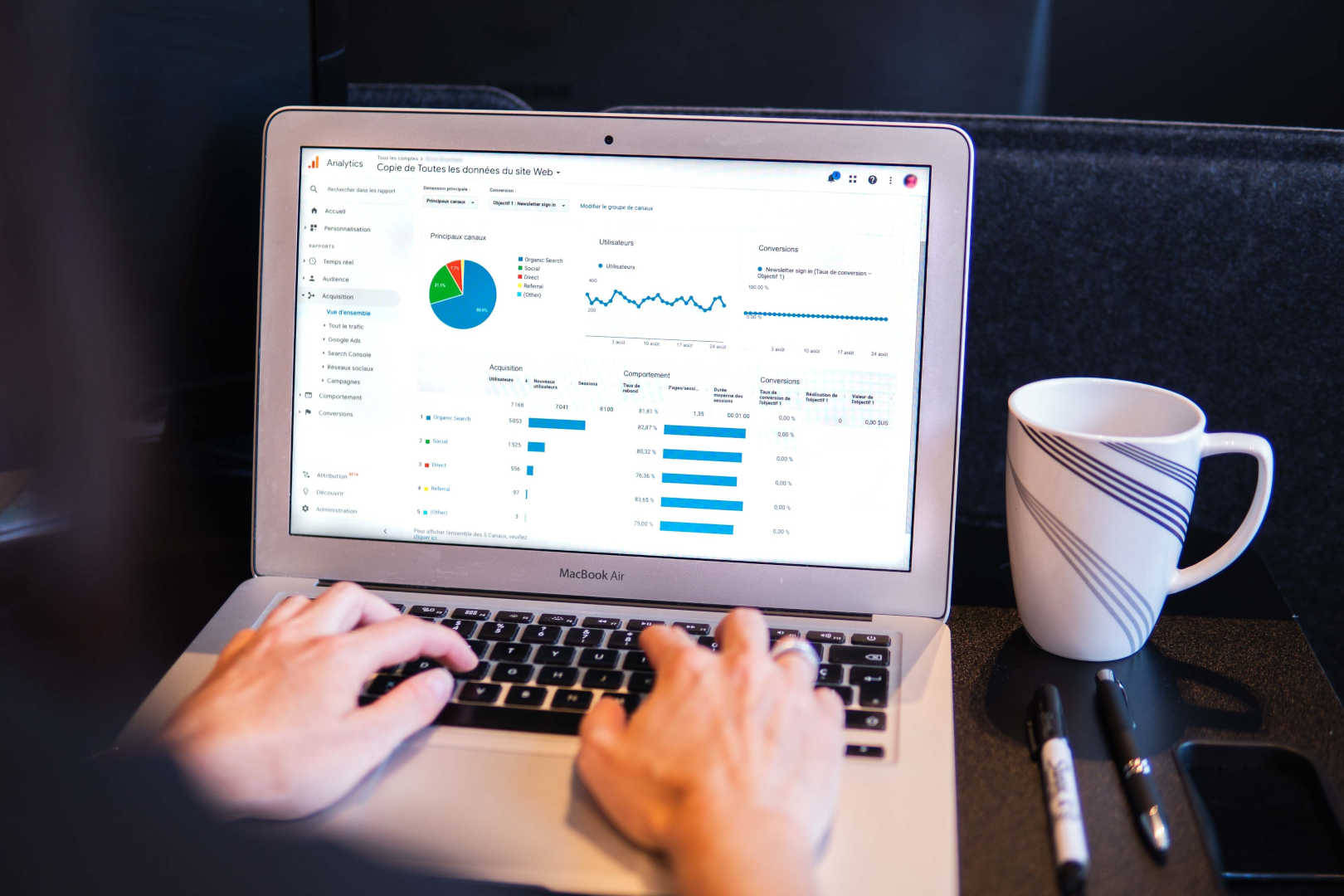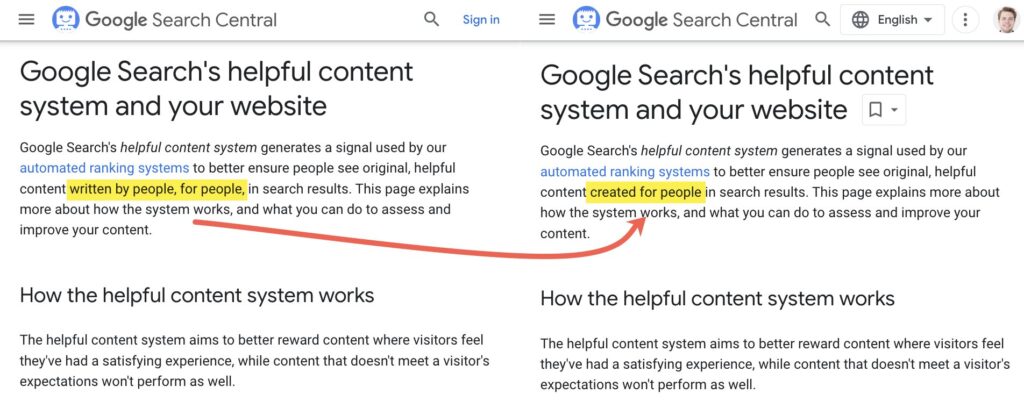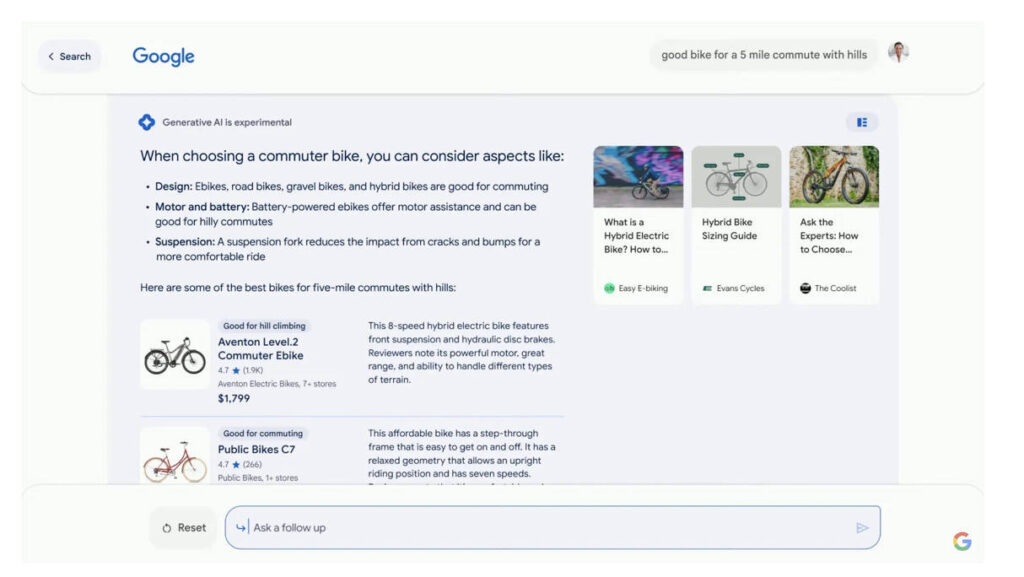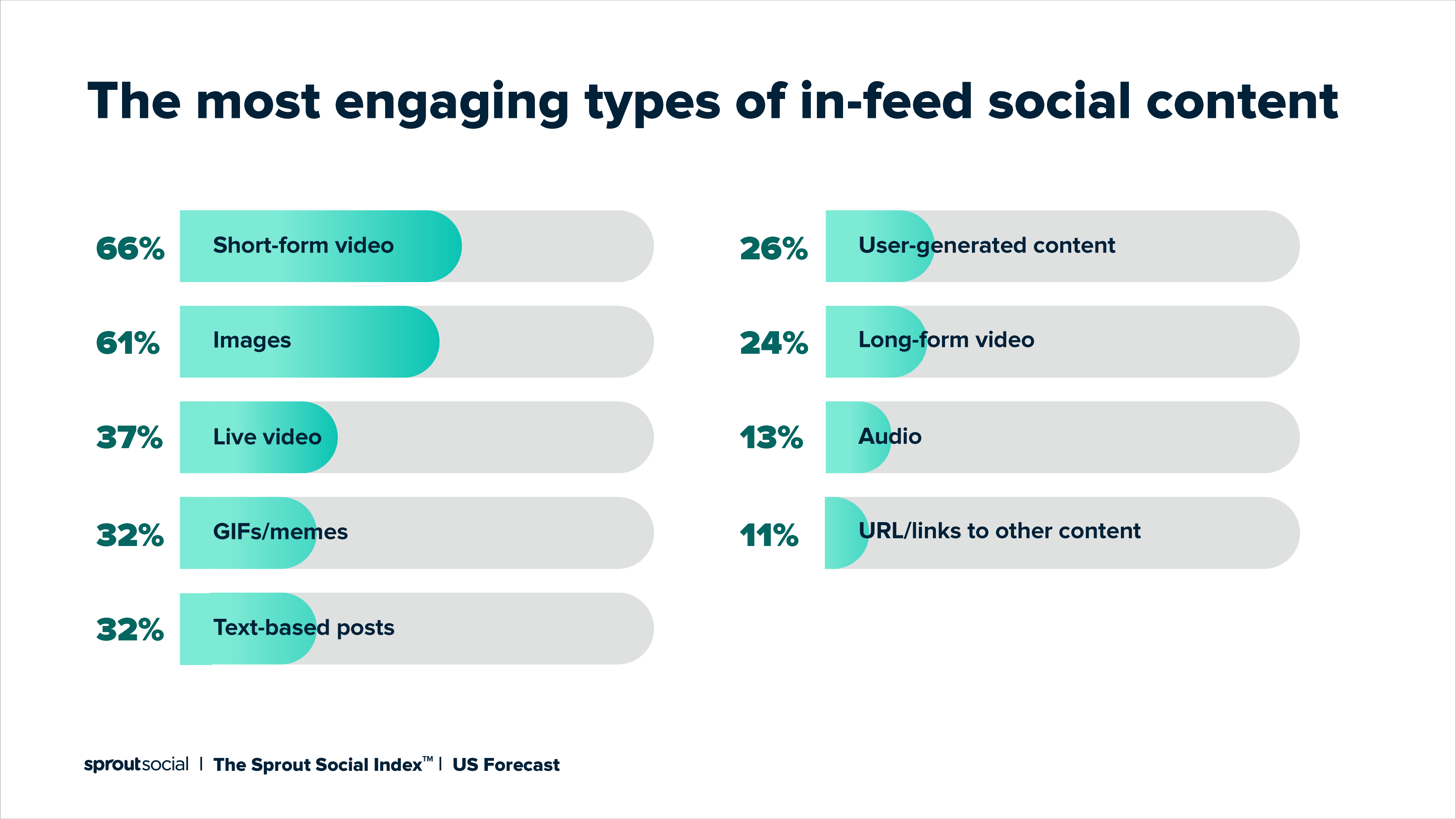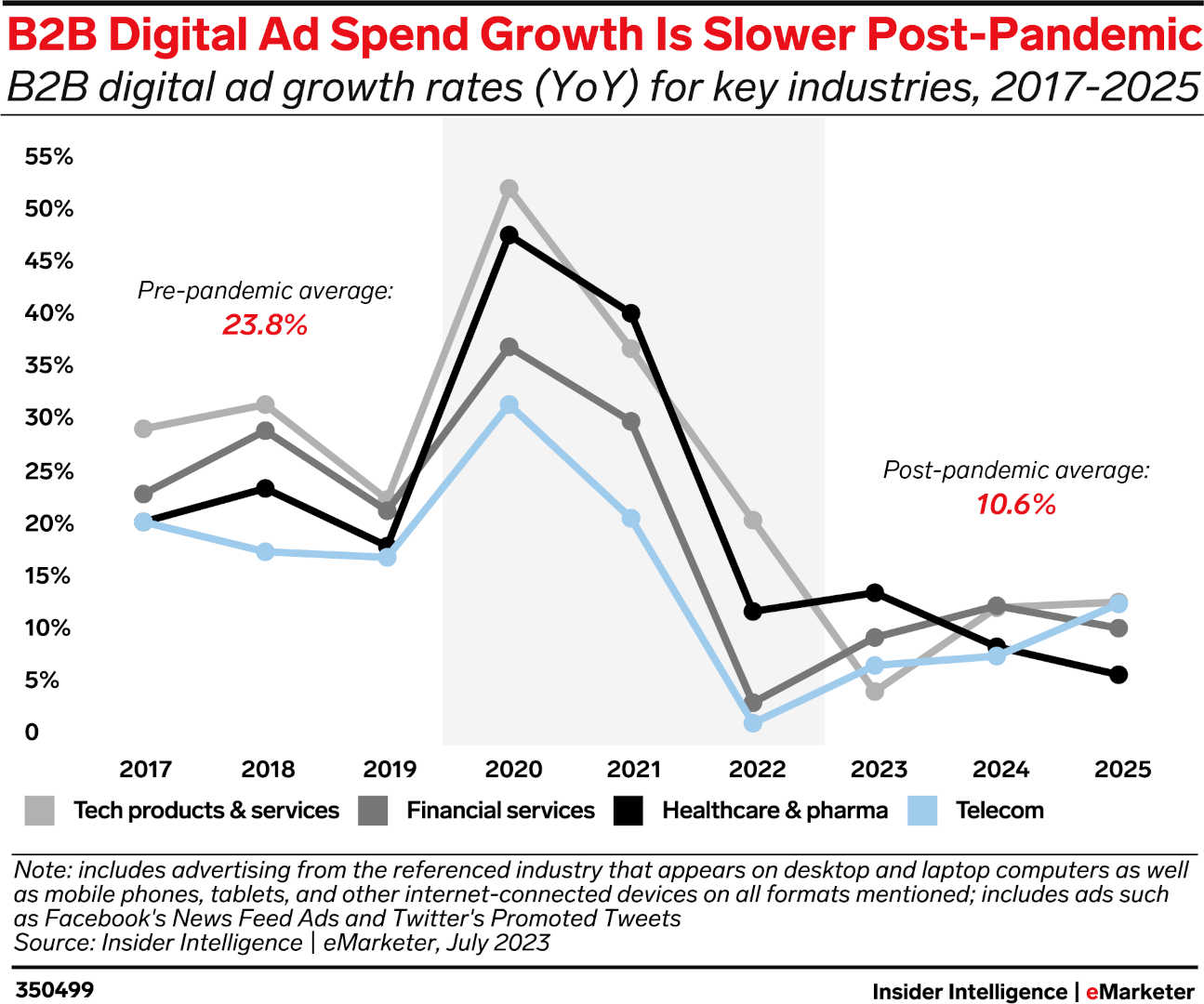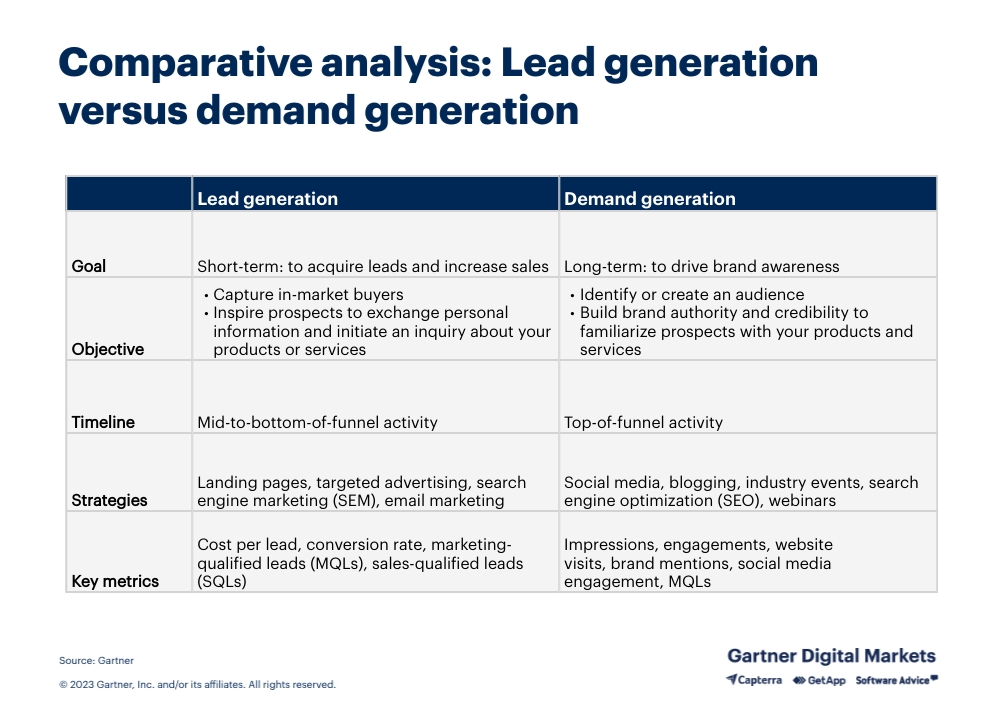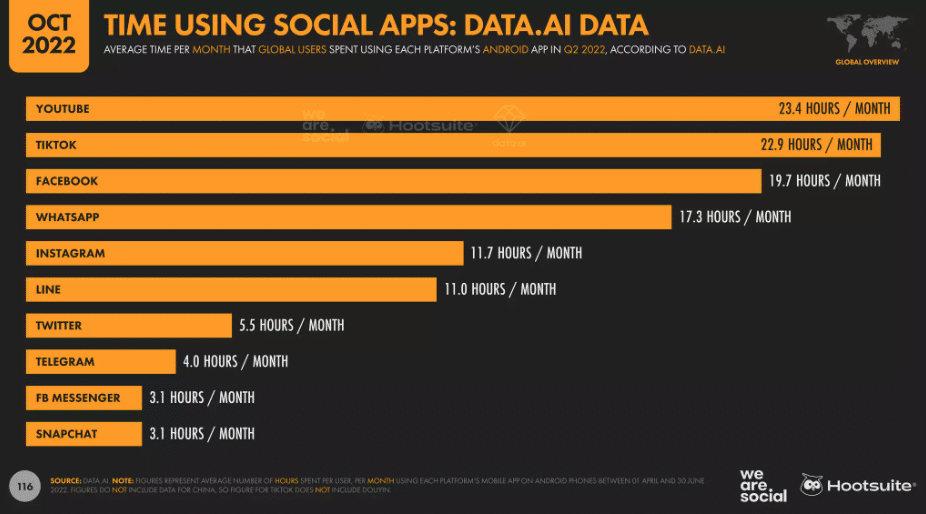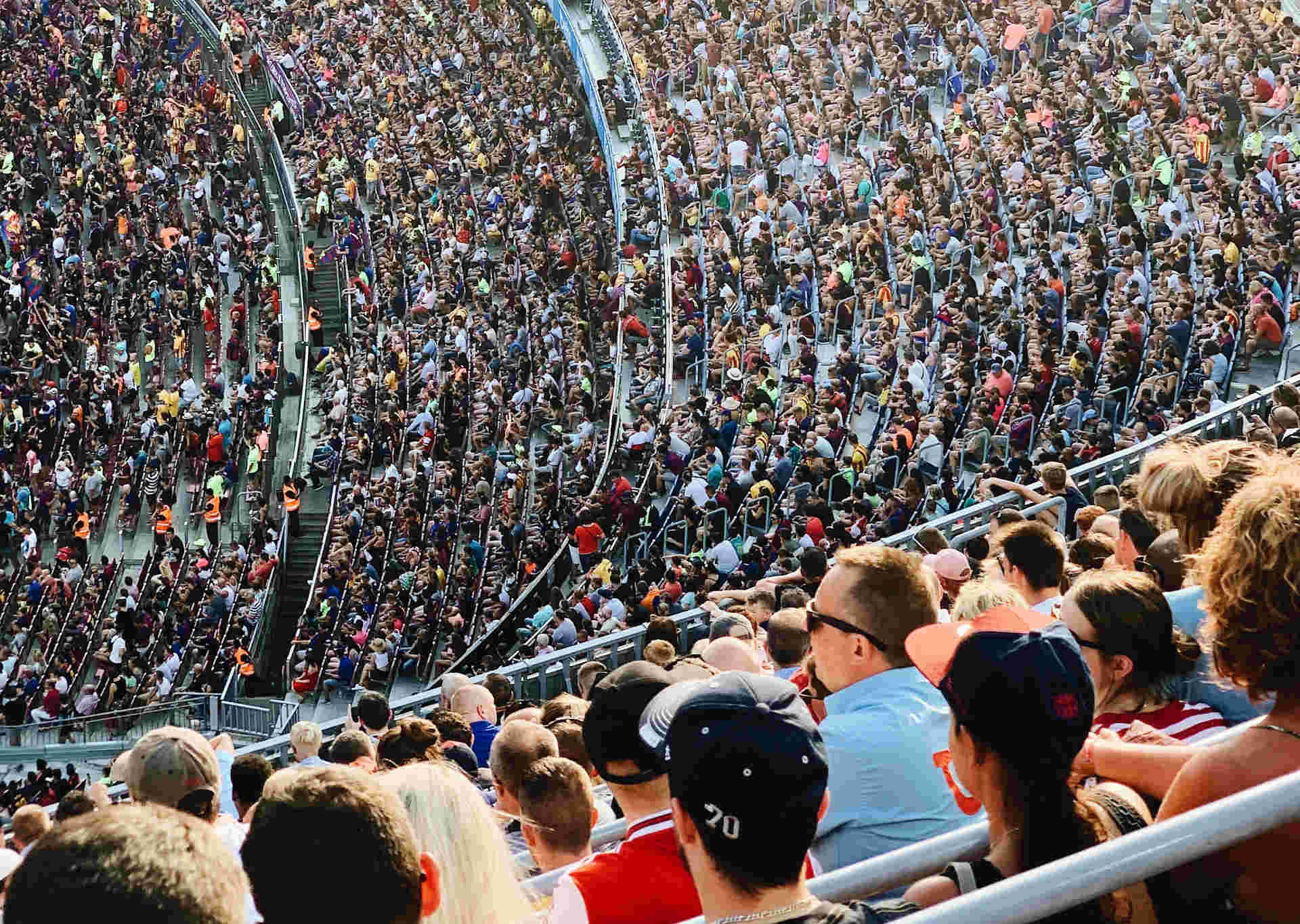Top-of-Funnel Optimization: Strategies to Boost MQL Volume
Marketing Qualified Leads (MQLs) fuel a successful B2B marketing and sales funnel. Leads who have shown genuine interest in your product or service form the foundation for future sales opportunities. Without a steady flow of top-of-funnel MQLs, businesses struggle to sustain a robust sales pipeline.
This post explains how to boost MQL volume by optimizing your top-of-funnel strategies. Whether you’re a SaaS or B2B organization, these actionable tips will help you attract and qualify more leads.
Top of Funnel Opportunities
The top-of-the-funnel (TOFU) in the context of Marketing Qualified Leads (MQLs) refers to the initial stage of the buyer’s journey, where businesses aim to attract and engage potential prospects who may eventually become qualified leads. At this stage, the focus is on generating awareness and interest through strategies like content marketing, social media outreach, and targeted advertising.
TOFU activities are designed to provide value and educate audiences about solutions to their pain points without overtly promoting a product or service. Effective TOFU strategies help identify individuals who demonstrate genuine interest and align with the business’s target criteria, ultimately nurturing them into MQLs ready for further engagement and conversion down the funnel.
Understanding MQLs
An MQL is a prospect engaged with your marketing efforts and meets specific criteria that suggest potential interest in your offerings. Unlike general website visitors, MQLs show intent through actions such as downloading a whitepaper, signing up for a webinar, or filling out a form.
Businesses define MQLs based on demographic data, firm characteristics (e.g., company size, industry), and behavioral signals. For example, an MQL for a SaaS company might be a decision-maker at a mid-sized tech firm that frequently visits your website and subscribes to your newsletter.
Qualifying leads at this stage is critical because it ensures your sales team focuses on prospects most likely to convert. Without clear criteria for identifying MQLs, marketing efforts become scattered, and valuable opportunities slip through the cracks.
Optimizing Your Website for Lead Generation
Your website is the first touchpoint for many potential leads. A well-optimized site ensures visitors quickly find the information they need and take action, such as filling out a form or downloading a resource. Here are some more tips:
Simplify Website Navigation: Clear, intuitive menus help users explore your site without frustration. Group information logically and ensure critical pages like “Services” and “Contact” are easily located.
Optimize Landing Pages: Each landing page should have one clear purpose. Use concise headlines, compelling copy, and a single call-to-action (CTA). Remove distractions like unnecessary links to keep users focused on converting.
Leverage CTAs and Lead Capture Forms: Place CTAs strategically throughout your site. Use engaging language like “Get Your Free Demo” or “Download the Guide.” Keep lead capture forms short—only ask for essential information like name, email, and job title to reduce friction.
Content Marketing Strategies
Content marketing builds trust and attracts leads who are actively seeking solutions. By offering valuable, informative content, you position your business as an authority while guiding prospects into your funnel. Here are some places to start:
Create High-Quality, Relevant Content. Create customer journeys for your ideal personas. Focus on topics that address common pain points in your industry. For example, a blog titled “Top CRM Features for SaaS Companies” targets decision-makers actively searching for a solution.
Use Various Content Formats. Offer a mix of blog posts, whitepapers, and case studies to appeal to different preferences. Whitepapers attract leads in the research stage, while case studies showcase real-world results and build credibility.
Prioritize SEO. Optimize your content for search engines to increase visibility. Use keywords like “B2B Top-of-Funnel Optimization” naturally within your content and meta descriptions. Include internal links to keep readers engaged and guide them to conversion-focused pages.
Creating and sharing targeted content attracts more qualified prospects ready to engage with your business.
Leveraging Data and Analytics
Data is a powerful tool for understanding your audience and improving your marketing strategies. You can refine your approach to maximize MQL generation by analyzing user behavior and campaign performance with the following tactics:
Track Key Metrics: Use analytics tools like Google Analytics or HubSpot to monitor website traffic, bounce rates, and conversion rates. Identify which pages and campaigns drive the most MQLs.
A/B Test for Improvements: Experiment with different elements of your campaigns, such as email subject lines, CTA copy, or landing page layouts. Minor adjustments can significantly impact conversion rates.
Implement Lead Scoring: Assign scores to leads based on their behavior and characteristics. For example, downloading a whitepaper may indicate higher interest than visiting a blog. Use this data to prioritize leads most likely to convert.
Email Marketing Tactics
Email marketing remains one of the most effective ways to nurture leads and drive conversions. A well-crafted email campaign can guide prospects through the funnel and increase their likelihood of becoming an MQL. Below are the basics for a compelling email marketing campaign:
Segment Your Audience: Divide your email list based on factors like industry, role, or behavior. This allows you to send targeted messages that resonate with specific groups.
Write Compelling Emails: Focus on clear, engaging subject lines and concise copy that highlights the value of your offer. Use visuals sparingly to support your message without overwhelming the reader.
Automate Lead Nurturing: Set up email sequences that deliver timely content based on user actions. For example, a prospect downloading a guide might receive a follow-up email with a webinar invitation.
Social Media and Paid Advertising
Social media and paid ads amplify your reach and attract new leads into your funnel. By targeting the right audience, you can increase MQL volume effectively.
Engage on Social Media: Share content on platforms where your audience is active, such as LinkedIn for B2B professionals. Use posts to promote resources like blog articles or whitepapers.
Run Targeted Ad Campaigns: Use platforms like Google Ads or LinkedIn Ads to reach prospects based on their job titles, industries, or interests. Focus on campaigns that drive traffic to specific landing pages with strong CTAs.
Retarget Lost Leads: Use retargeting campaigns to re-engage visitors who didn’t convert on their first visit. Offer an incentive, like a free consultation or exclusive content, to encourage them to return.
Moving Ahead with Strategies to Boost MQLs
Boosting MQL volume requires a strategic, multi-channel approach. By optimizing your website, leveraging content and analytics, running effective campaigns, and collaborating with industry partners, you can attract more qualified leads and drive business growth.
Are you confused about where your funnel is leaking? You’re not alone. An optimized funnel requires technical expertise and a holistic approach. That’s where we come in. Our Full Funnel Audit helps you turn your funnel into a conversion machine in just 21 days, with precise plans & instructions and a comprehensive end-to-end audit.
Contact us today to learn more!







